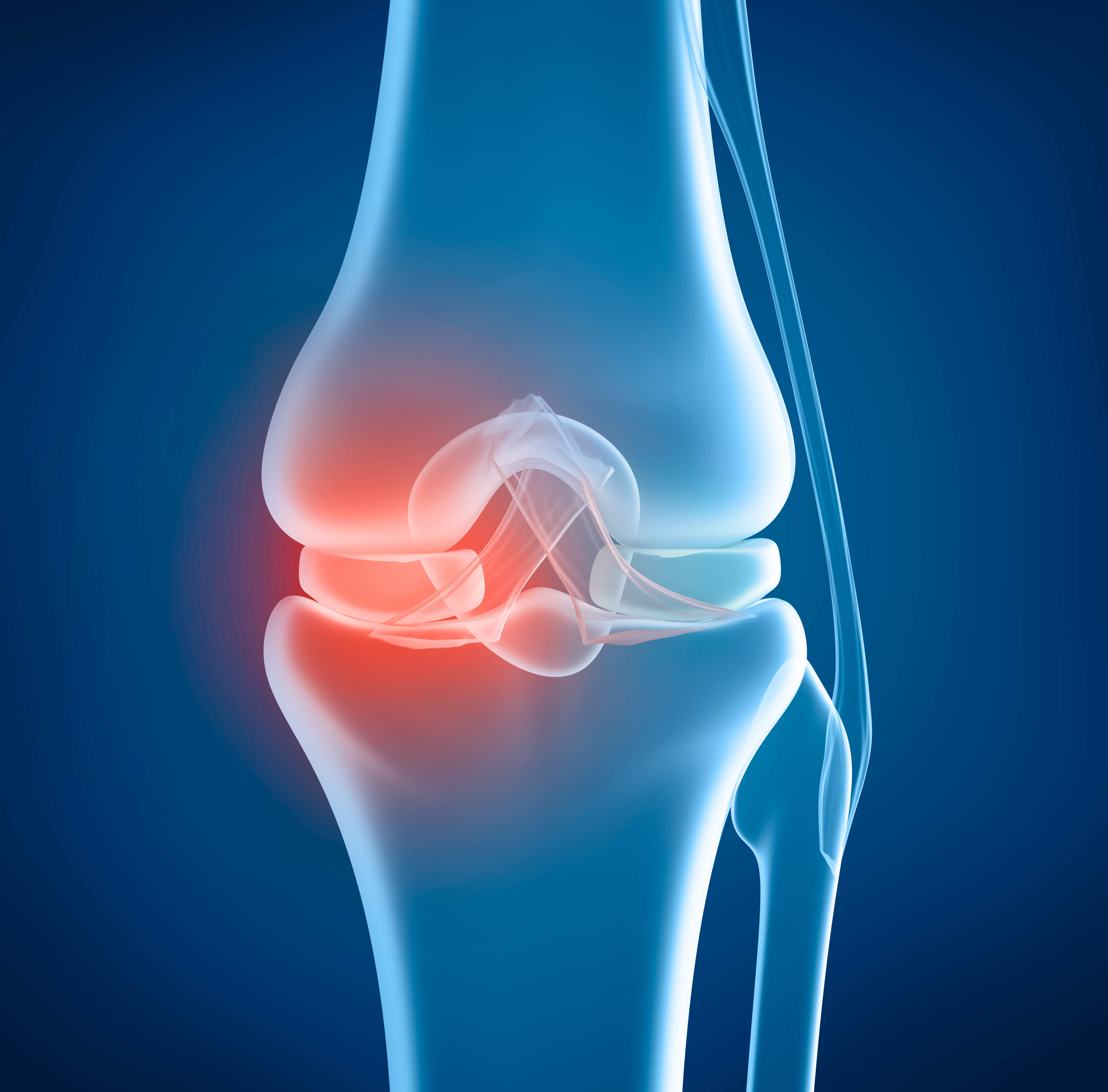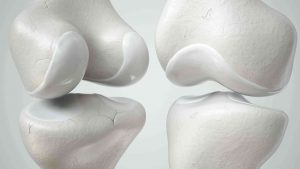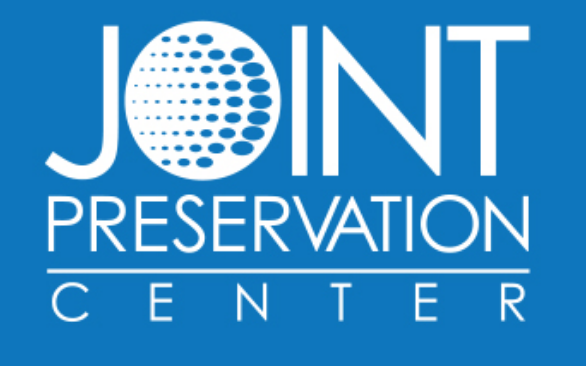OATS Cartilage Repair Surgery

Also referred to using the term mosaicplasty, surgeons perform an OATS cartilage repair surgery when needing to replace damaged cartilage with the patients own healthy cartilage. Although some may use the terms interchangeably, mosaicplasty’s and OATs procedures remain different. During a mosaicplasty, the surgeon moves circular plugs of healthy cartilage into damaged cartilage and bone. During an osteochondral autograft transfer system (OATS), a surgeon requires less plugs due to the plugs being larger in size. In both surgeries, surgeons perform the procedure arthroscopically and take the plugs of healthy cartilage from non-weight-bearing areas of the affected knee. When orthopedic surgeons perform a procedure arthroscopically, it means that rather than opening the entire knee, the surgeon creates small portals in the knee. One portal houses a camera while the surgeon uses the other portal(s) interchangeably with tools to perform the surgery.
Candidates for OATS cartilage repair surgery
Most people would opt for a minimally invasive procedure over a total joint replacement; However, many individuals do not qualify for an OATS cartilage repair surgery. Candidates for an OATS cartilage repair surgery must have contained areas of damage. In many individuals with degenerative arthritis, large areas of the knee have damage. Many individuals that undergo OATS cartilage repair surgery have arthritis due to prior injury to the knee.
OATS cartilage repair procedure
To start an OATS cartilage repair procedure, an anesthesiologist places the patient under general anesthesia. When under general anesthesia, the patient remains asleep for the entirety of the procedure. The nurse or surgeon thoroughly cleans the surgical area with an antibacterial solution.
After properly prepping the patient, the surgeon starts the procedure.
First, the knee surgeon harvests a healthy cartilage graft from the patients’ knee. The surgeon takes this cartilage graft from a non-weight-bearing area of the knee. The surgeon then removes the damaged cartilage from the knee, creating a small hole or plug to insert the graft into. The surgeon then fills the hole with the graft plug. The surgeon must ensure uniformity between the knee and the cartilage graft. Depending on the amount of damage, the surgeon may repeat this process until they replace all of the damaged cartilage with healthy grafts.
may repeat this process until they replace all of the damaged cartilage with healthy grafts.
Once the surgeon finishes the procedure, they close the patients portals in the knee and that concludes the OATS cartilage repair procedure. The surgeon then prescribes the patient with a physical therapy protocol to ensure they strengthen the muscles and tissues surrounding the knee.
EXPERIENCING knee pain? CALL 817-375-5200 TO SCHEDULE AN APPOINTMENT WITH AN AOA ORTHOPEDIC SPECIALIST TODAY!


